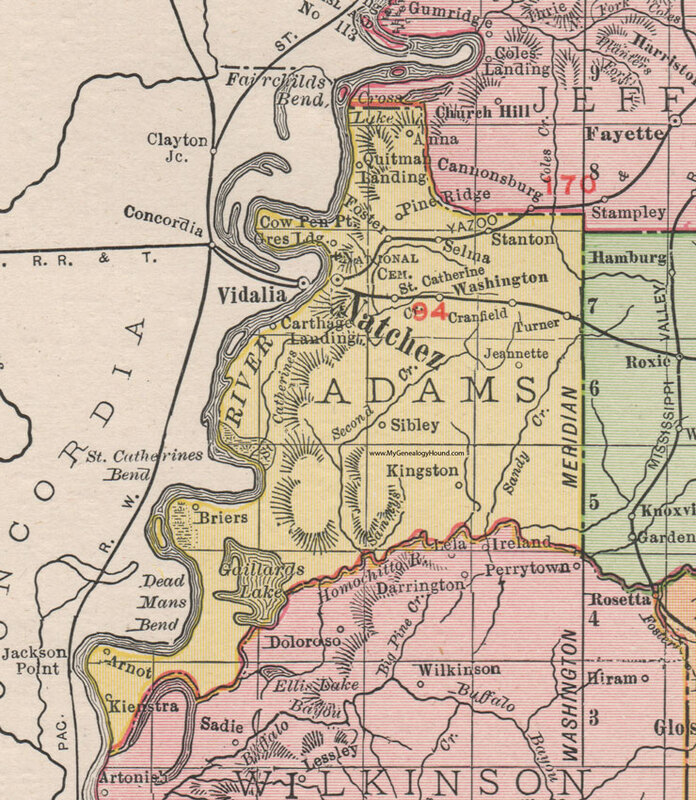Unionism in the Confederacy
When people think about the American Civil War, the picture that often comes to mind is that of a divisive sectional conflict. The north rallied around the causes of preserving the republic of the Union and (eventually) liberating enslaved people. On the other side was the south who rallied for the creation of an independent Confederacy and the preservation of the economics of slavery. What this narrative typically overlooks is that there were significant parts of the Union and the Confederacy who dissented against these polarities. One group that is typically omitted from the conversation are Unionists within the Confederacy who remained loyal to the United States government. What follows are brief sketches.[1]
An exemplary “pocket” of Unionists persisted throughout the Civil War in Natchez, Mississippi. Many of these were born in northern states and relocated to the south, where they became gentlemen planters (some were also doctors, lawyers and judges). These families maintained social and economic ties to the northeastern United States. They often employed northern governesses and tutors for their children, and their children were often sent to northern schools for their education. During the hot, humid and disease-prone (especially yellow fever) Mississippi summers, these “Nabobs” would travel north to visit family and friends. They read northern newspapers, bought northern goods, and sold their plantation products through northern brokers. The Natchez Nabobs were wealthy and had hundreds or thousands of slaves. They did not become supportive of the Confederacy when the war broke out. They were socially, culturally and economically tied to the Union, but did not feel guilty about possessing enslaved people, nor did they want any infringements on slavery. They sold their cotton to the north through the Union blockade during the war.[2]
[1] For a look at dissent within the Union in the form of riots against conscription and the draft, visit my website.
[2] William Scarborough, “Not Quite Southern: The Precarious Allegiance of the Natchez Nabobs in the Sectional Crisis,” Prologue: Quarterly Journal of the National Archives and Records Administration 36(4), Dec. 2004, 20-29.
